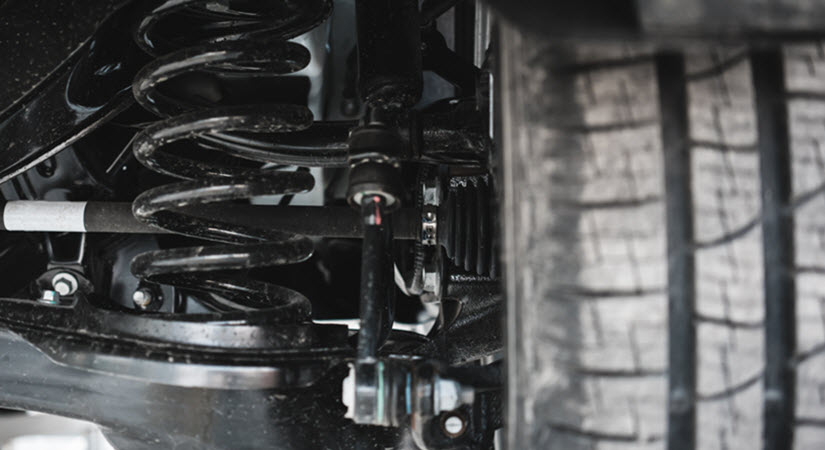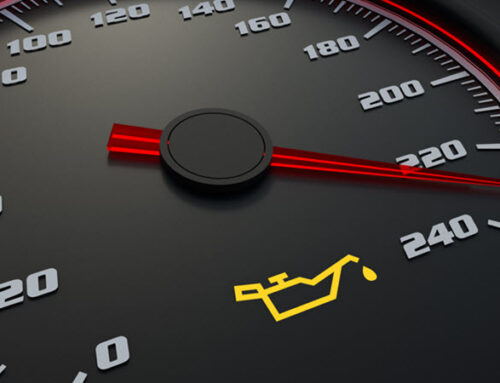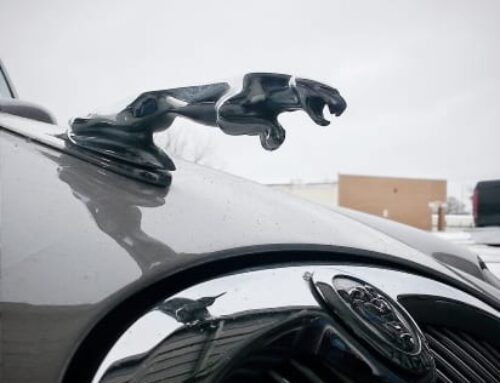In the world of luxury automobiles, Jaguar has consistently stood out for its commitment to delivering not only high-performance cars but also a supremely comfortable and smooth ride. Central to this commitment is the Jaguar self-leveling suspension system, an integral component that often goes unnoticed but plays a pivotal role in the overall driving experience. This advanced suspension system is designed to automatically adjust the ride height of the car, ensuring optimal comfort, stability, and handling regardless of the load it carries or the road conditions it encounters. However, like any intricate automotive system, the Jaguar self-leveling suspension can face issues, leading to discomfort, safety concerns, and potential damage to the car.
What is Jaguar Self-Leveling Suspension?
The Jaguar self-leveling suspension system is a marvel of automotive engineering. At its core, it is a technology-driven solution designed to provide an unparalleled driving experience. This system utilizes a combination of sensors, hydraulic components, or air-controlled systems to monitor the car’s load, road conditions, and other variables in real-time. Based on this data, the system automatically adjusts the ride height of the car’s wheels, ensuring that it remains constant and optimal. The result is a ride that is consistently smooth, comfortable, and stable, regardless of whether you are driving on a winding mountain road or cruising along the highway.
How to Identify Self-Leveling Suspension Issues
To address any potential issues with your Jaguar’s self-leveling suspension, it’s essential to be able to identify the signs of trouble:
- Noticeable Sagging: Keep an eye out for any sagging of one corner or side of the car. This uneven ride height is a clear indicator of a problem with the self-leveling system.
- Warning Lights: Most modern Jaguars are equipped with a dashboard warning light that illuminates when the suspension system detects an issue. Ignoring this warning is not advisable; instead, have it inspected promptly.
- Unusual Noise: Listen for unusual noises, such as clunking or squeaking, while driving, particularly when going over bumps or uneven surfaces. These sounds can be telltale signs of suspension trouble.
Risks of Self-Leveling Suspension Failure
As with any automotive component, the Jaguar self-leveling suspension system is not immune to issues. When this system fails or malfunctions, it can lead to a range of problems and concerns, including:
- Uneven Ride Quality: One of the most noticeable and immediate consequences of a failing self-leveling suspension is an uneven ride quality. This can manifest as a lopsided or bumpy ride, causing discomfort for both the driver and passengers.
- Handling Issues: The self-leveling suspension plays a pivotal role in the car’s handling characteristics. A malfunctioning system can result in compromised control, making it more challenging to navigate the road safely, particularly during cornering or emergency maneuvers.
- Safety Concerns: Safety should always be a top priority when it comes to driving. A malfunctioning self-leveling suspension can negatively impact the car’s stability, increasing the risk of accidents, especially when sudden maneuvers or emergency braking are required.
Benefits of a Properly Functioning Self-Leveling Suspension
On the flip side, when the Jaguar self-leveling suspension system operates as intended, it brings a plethora of benefits to the table:
- Enhanced Comfort: A properly functioning system ensures that your Jaguar maintains a consistent ride height, resulting in a smooth and comfortable ride even on the roughest of roads. This is especially crucial for luxury cars like Jaguars, where comfort is a top priority.
- Improved Handling: Beyond comfort, the suspension system significantly contributes to the car’s handling capabilities. It adapts to different road conditions, providing better control and stability, making your drive safer and more enjoyable.
- Extended Tire Life: A well-maintained self-leveling suspension system ensures that your car’s tires wear evenly. This not only extends the lifespan of your tires but also saves you money on replacements in the long run.
Addressing Self-Leveling Suspension Problems
Should you encounter any of the aforementioned signs or suspect an issue with your Jaguar’s self-leveling suspension system, it’s crucial to take the following steps:
- Consult a Professional: Your first course of action should be to consult a qualified Jaguar technician. These professionals possess the knowledge, experience, and specialized equipment needed to diagnose the problem accurately.
- Component Replacement: Depending on the diagnosis, various components of the self-leveling suspension system may need replacement. These can include sensors, air springs, hydraulic components, or other critical elements.
- Regular Maintenance: Prevention is often the best course of action. To minimize the chances of future suspension issues, it’s advisable to schedule regular maintenance for your Jaguar. This should include thorough checks of the suspension system to identify and address potential problems before they escalate.
Contact Our Jaguar Experts
The Jaguar self-leveling suspension system is a  vital but often overlooked component that contributes significantly to the brand’s reputation for delivering an exceptional driving experience. However, when issues arise, it’s crucial to address them promptly to ensure your Jaguar continues to provide the level of comfort, safety, and performance that you expect.
vital but often overlooked component that contributes significantly to the brand’s reputation for delivering an exceptional driving experience. However, when issues arise, it’s crucial to address them promptly to ensure your Jaguar continues to provide the level of comfort, safety, and performance that you expect.
If you find yourself facing Jaguar self-leveling suspension problems or simply want to schedule maintenance to prevent potential issues, we are here to help. Contact Fifth Gear Automotive, your trusted partner in Lewisville, Argyle, and McKinney, TX to keep your Jaguar driving at its best.



